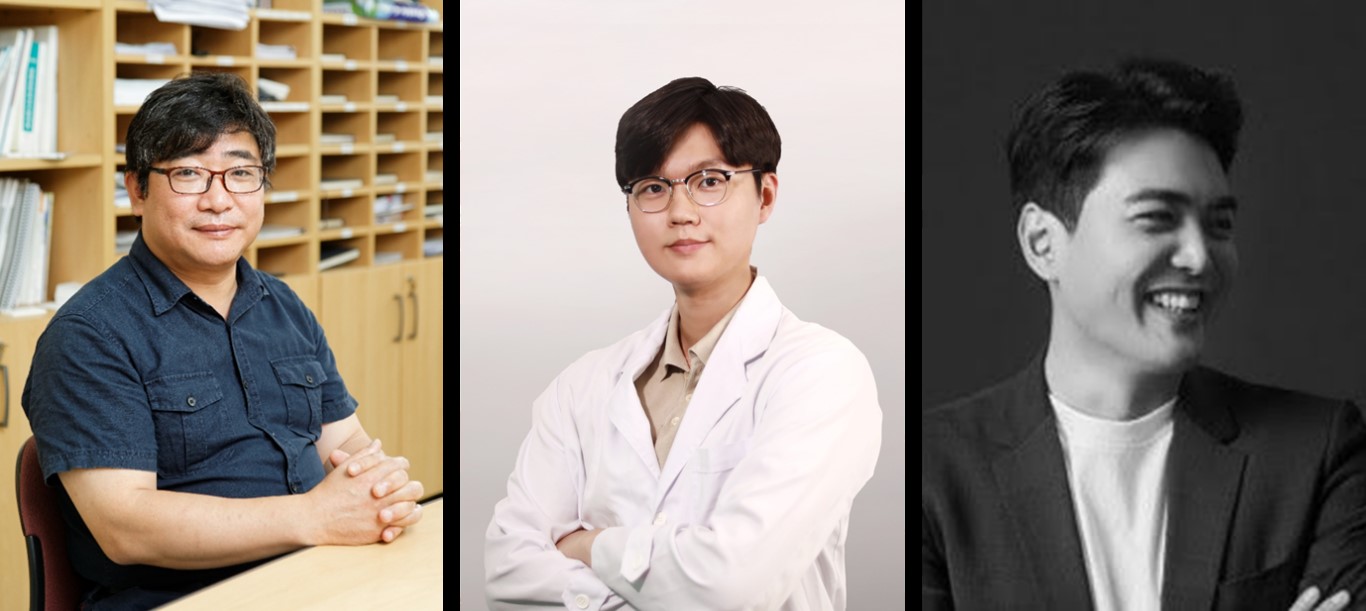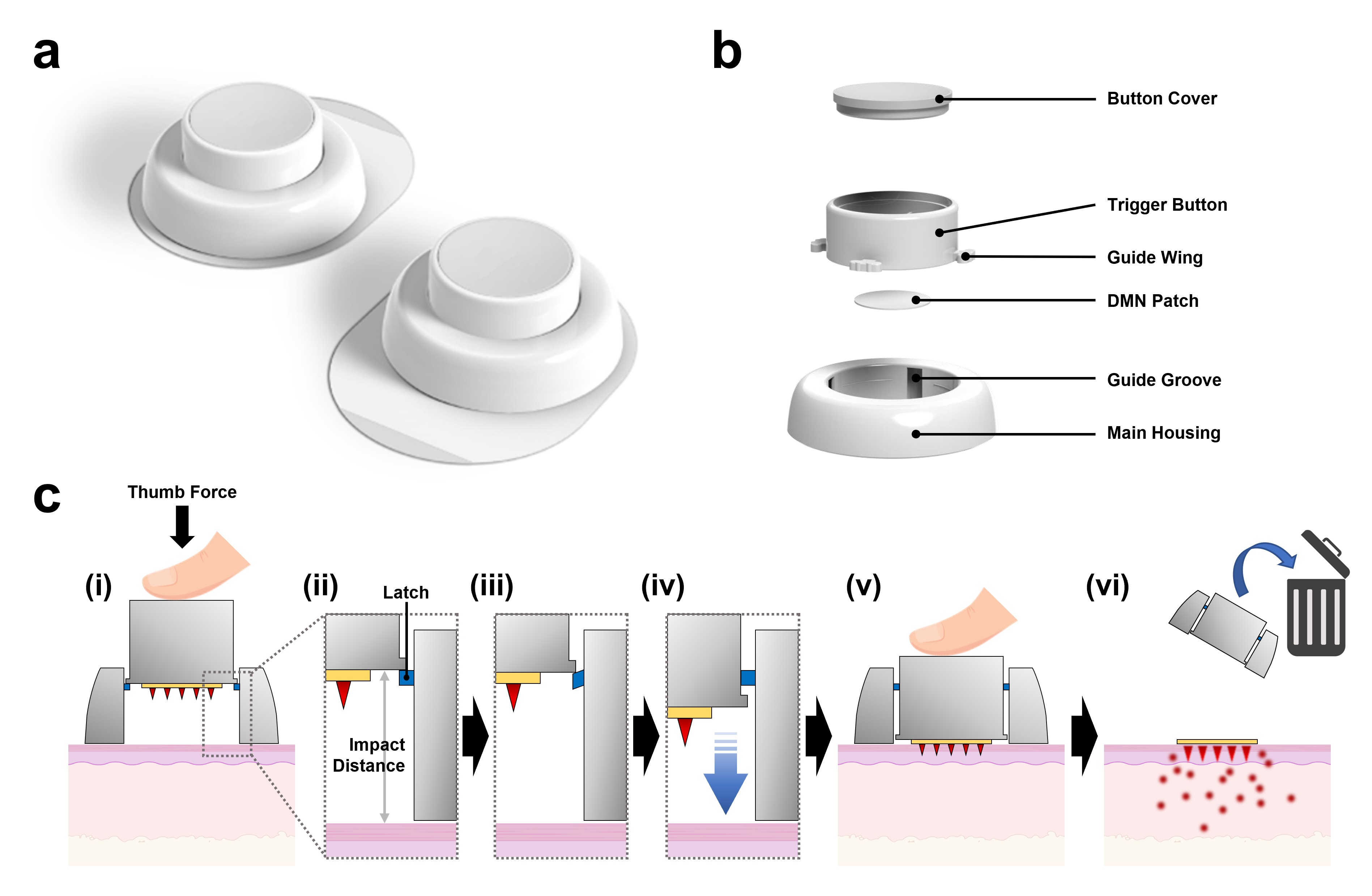Patch-type Vaccine that is Effective and Less Painful Compared to Existing Vaccination Methods
Introduced to World-renowned International Academic Journal in The Field of Materials Engineering, Demonstrating Technological Prowess and Global Competitiveness
Microneedle-based Patch-type Vaccination Technology That Improves Pain and Has the Efficacy of Injectable Vaccine
New Platform Technology Applicable to Vaccines for COVID-19, Influenza, Tuberculosis, etc.

A joint research effort involving a team led by Professor Hyungil Jung of the Department of Biotechnology at the College of Life Science and Biotechnology of Yonsei University has developed a patch-type vaccine based on microneedle technology. The novel vaccine maximizes efficacy and is less painful to administer compared to the existing method of intramuscular injection.
This research was published in Advanced Functional Materials (IF 19.924), a world-renowned international journal in the field of materials engineering, under the theme of ‘Development of an applicator capable of efficiently delivering a patch-type vaccine based on soluble microneedle technology to the skin.’ The paper titled Latch Applicator for Efficient Delivery of Dissolving Microneedles Based on Rapid Release of Elastic Strain Energy by Thumb Force was selected as the cover paper for the issue [Figure 1].

[Figure 1. Cover of the issue of Advanced Functional Materials
Research on vaccine technologies has been robust. However, research and development of vaccination tools has lagged behind. The first vaccination tool was a knife, as described by Dr. Edward Jenner in 1801. Following the invention of the syringe in 1853, this tool has since been routinely used for vaccinations. As alluded to by the cover of Advanced Functional Materials in Figure 1, the latest research achievement marks a new era in vaccination technology.]
The technology was developed jointly developed by the research team headed by Prof. Jung and researchers at JUVIC Inc., Seoul, Korea (the CEO is Huisuk Yang, whose PhD advisor was Prof. Jung). The microscopic needle-like structure containing the vaccine is incorporated into a patch. When the patch is applied to the skin, the vaccine is stably absorbed, enabling quantitative vaccine delivery.
The patch-type vaccine significantly lessens the pain and discomfort of existing injectable vaccines. The direct delivery of vaccine to the skin results in excellent defense efficacy against infectious diseases, since the skin harbors more immune cells than muscle tissues. The novel technology can potentially solve the cold chain problem, which is a major obstacle in vaccine distribution. Accordingly, research to develop patch-type vaccines is accelerating worldwide.
Patch-type vaccines have lacked an applicator that is capable of consistently and quantitatively delivering the loaded vaccine to the skin via the needles in the patch. Roadblocks, such as the complexity of the patch design and its high cost, have hindered the clinical applications of patch-type vaccines.
The applicator developed in this study solves the delivery problem of existing patch-type vaccines by implementing optimal patch-type vaccine delivery using a simple design. The system can be easily mass-produced and distributed.

According to Prof. Jung, “an efficient and simple applicator was needed to commercialize patch-type vaccines that can replace injectable vaccines.” Further, “I am excited about the new vaccine development using the new patch-type vaccine and applicator system developed through this study.”
“JUVIC will continue to develop new products that can overcome the limitations of existing vaccines based on the research achievement and long-term R&D know-how in the microneedle field,” commented Dr. Yang. “Through patch-type vaccines, various COVID-19, influenza, and tuberculosis vaccines can be effectively administered, and minimization of vaccine side effects and improved penetration rates are expected,” he added.
Recommended Articles
Professor Myeong Min Lee
A QUIRKY twist of fate: understanding epidermis cell differentiation in plants
Professor Jihyun F. Kim
Microbial Mercenaries for Plant Disease Resistance Ungrounded